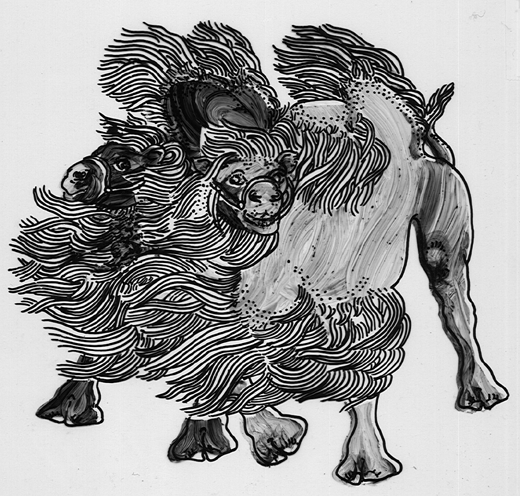| This Web book is based on public domain material provided by the US government and is available in several versions. See the editorial for more information. |

|

Home  The Economy The Economy  The Economy The Economy |
||||
| See also: Economy - Survey, Socialist Framework of the Economy, Structure of the Economy, Trading Partners | ||||






|
||||
The Economy
On the eve of the 1921 revolution, Mongolia had an underdeveloped, stagnant economy based on nomadic animal husbandry. Farming and industry were almost nonexistent; transportation and communications were primitive; banking, services, and trade were almost exclusively in the hands of foreigners. Most of the people were either illiterate nomadic herders or monks. Property in the form of livestock was owned primarily by aristocrats and monasteries; ownership of the remaining sectors of the economy was dominated by foreigners. Mongolia's new rulers thus were faced with a daunting task in building a modern, socialist economy. Mongolia's economic development under communist control can be divided into three periods: 1921-1939; 1940-1960; and 1961 to the present. During the first period, which the Mongolian government called the stage of "general democratic transformation," the economy remained primarily agrarian and underdeveloped. After an abortive attempt to collectivize herders, or arads, livestock raising remained in private hands. The state began to develop industry based on processing of animal husbandry products and crop raising on state farms. Transportation, communications, domestic and foreign trade, and banking and finance were nationalized with Soviet assistance; they were placed under the control of Mongolian state and cooperative organizations or Mongolian-Soviet joint-stock companies. Ulaanbaatar became the nation's industrial center. The third stage, which the government called the "completion of the construction of the material and technical basis of socialism," saw further industrialization and agricultural growth, aided largely by Mongolia's joining the Council for Mutual Economic Assistance (Comecon) in 1962. Soviet and East European financial and technical assistance in the forms of credits, advisers, and joint ventures enabled Mongolia to modernize and to diversify industry, particularly in mining. New industrial centers were built in Baga Nuur, Choybalsan, Darhan, and Erdenet, and industrial output rose significantly. Although animal husbandry was stagnant, crop production increased dramatically with the development of virgin lands by state farms. Foreign trade with Comecon nations grew substantially. Transportation and communications systems were improved, linking population and industrial centers and extending to more remote rural areas. In the late 1980s, Mongolia had developed into an agricultural-industrial economy, but the inefficiencies of a centrally planned and managed economy and the example of perestroika in the Soviet Union led Mongolian leaders to undertake a reform program to develop the economy further.
|
||||
Home  The Economy The Economy  The Economy The Economy |
||||
Last Update: 2010-12-07


